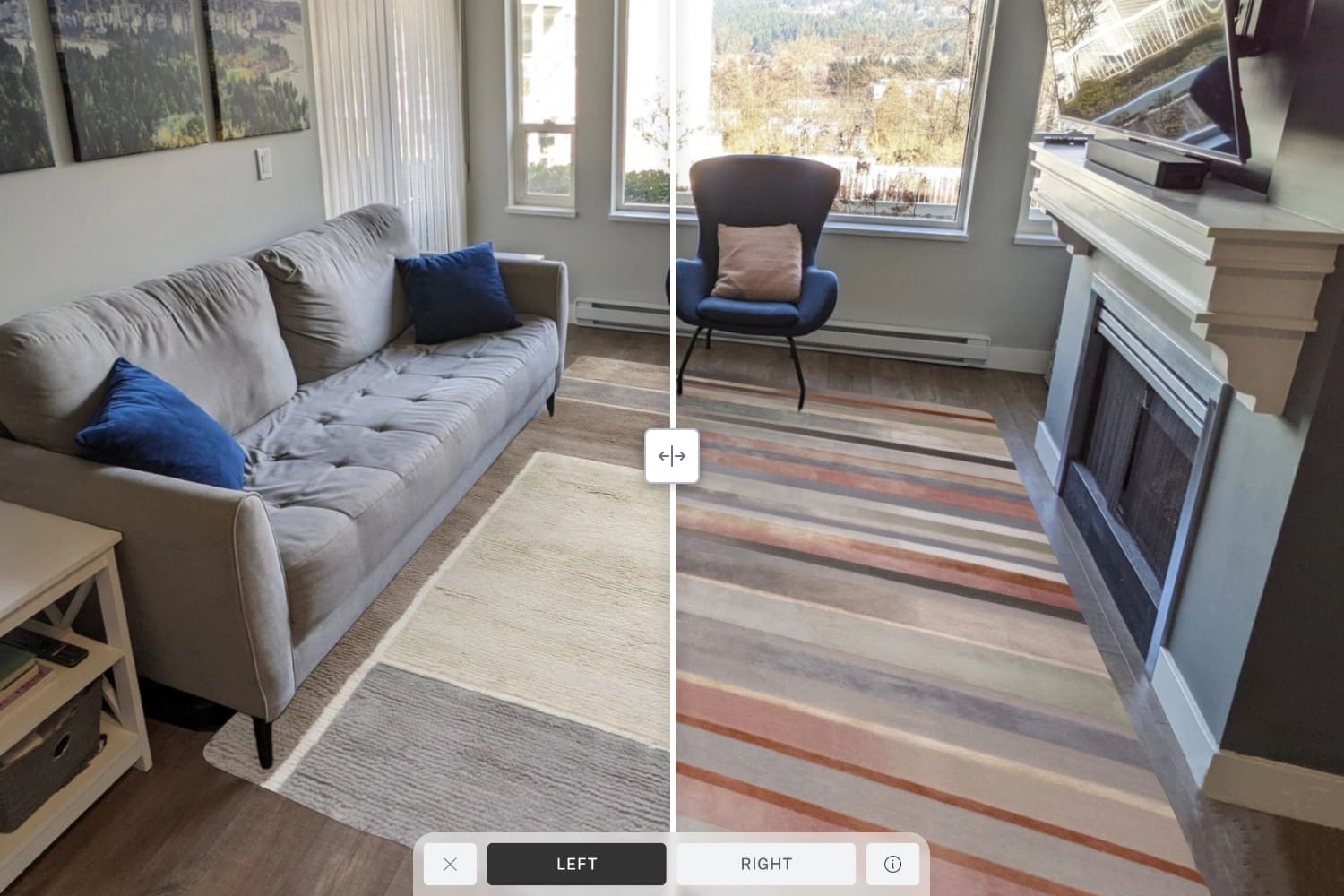After experiencing a slight downturn in 2022, ceramic tile consumption in the U.S. was down once again in the first quarter of 2023, according to the Tile Council of North America’s latest market update.
With the growing popularity of other hard-surface materials within the resilient flooring category, which dominated sales in 2022, coupled with inflation, rising interest rates, and ongoing labour shortages, tile manufacturers and retailers have been faced with significant challenges in recent years.
So, is it time to worry?
Not so fast.
The latest projections from Grand View Research suggest that there could be significant growth on the horizon in the ceramic tile market – both globally and within North America. And that view is shared by many in the industry.
So, what are some of the reasons for optimism? And how can tile manufacturers and retailers ensure they capitalize on the projected growth?
Room visualization could be the answer.
Homeowners are spending big on kitchen and bathroom renovations
One of the longstanding benefits of tile?
Its durability.
Tile’s resistance to water and stains, as well as its ease of maintenance, have made it the flooring and wall covering of choice in high-moisture areas like kitchens and bathrooms. As it so happens, these are the two most common home renovation projects amongst U.S. homeowners, according to the 2023 U.S. Houzz & Home Study.
And they’re willing to spend on them.
The study revealed that kitchens and primary bathrooms command the highest median spend – $20,000 and $13,000, respectively. They also increase the value of a home more than any other renovation, with some homeowners seeing a whopping 72.7% return on investment on bathroom remodels.
But what about those rising interest rates?
Naturally, the housing market has cooled as a result. While there’s no consensus on how this might affect home renovations, some real estate experts believe it could actually lead to a boon as people opt to renovate their homes instead of purchasing new ones. Catalina’s floor coverings report for the first quarter of 2023 lends credence to this theory, with ceramic tile flooring gaining share in both dollars and square feet “as home renovation spending was stronger than anticipated.”
All this is to say: bathroom and kitchen renovations will continue to be a key driver for tile sales in the residential sector, which accounts for around 64% of total tile consumption. Especially during a time when these spaces are becoming “bigger and more involved,” as the National Kitchen & Bath Association found in their 2023 Design Trends report.
New technologies provide a world of possibilities
While durability and performance remain key selling points for tile, manufacturers and retailers no longer need to rely on these features alone.
Recent innovations have strengthened tile’s standing as an aspirational and aesthetically pleasing product that people want in their homes for design purposes – thanks in part to the latest home décor trends seen on social media platforms like Instagram and Pinterest.
“Technology has transformed tile from just a utilitarian building product to an actual design element in a space,” Patrick Warren, vice-president of residential sales at Dal-Tile, told Floor Covering News.
These days, there are more tile sizes, shapes, and designs than ever before. With advanced digital printing capabilities, manufacturers can now produce intricate patterns and textures and even replicate the look of other classic materials such as hardwood and marble.
For these reasons, proponents agree that ceramic tile is the “most stylish and design-forward product category in the industry.” With tile, the possibilities have truly become endless.
Roomvo can help your customer unlock them.
Using a proprietary technology powered by augmented reality, Roomvo equips manufacturers and retailers with an industry-leading room visualizer that allows customers to see your different products come to life in their own homes. They just have to upload a photo of their room, select the tile from your website, and within seconds the visualizer will export a high-quality rendering that shows your products in their space.
With such limited space for samples in showrooms, especially considering the growing popularity of larger floor tiles, showing your customer what’s possible with room visualization will increase the likelihood of them falling in love with a product and proceeding with their purchase.
“Our customers love the ability to provide the end consumer with instant gratification and increased confidence in their selections, resulting in a much higher close rate,” said Raj Shah, president of leading North American tile distributor MSI International.
A solution for multiple surfaces and settings
Thanks in part to these innovations, the use of tile in homes continues to evolve.
While more than half of tile revenue comes from flooring applications, tile can be applied across multiple surfaces and settings – from countertops and backsplashes to feature walls and outdoor living spaces, where more and more homeowners are spending time as a result of the pandemic.
And this gives tile an advantage over some of its competitors.
“All of these are billion-dollar opportunities,” Shah told Floor Covering News.
Case in point: Grand View Research projects that wall tiles are expected to register an annual growth rate of 7% from 2022 to 2030, and “new application areas beyond kitchens and bathrooms are also expected to drive the market growth.”
Tile’s versatility truly sets it apart.
Large-scale tile manufacturers like MSI and Daltile, whose product catalog includes many non-flooring surfaces, are using Roomvo’s multi-surface visualizer to showcase these products in a single user experience. If a customer uploads a photo of their kitchen, for example, the visualizer will automatically detect their floor, countertop, and backsplash and allow them to replace each of these surfaces with their desired products. Then, with the click of a button, they’ll see their entire kitchen remodelled.
For MSI, this has been a “complete game-changer,” Shah said, adding that “consumers couldn’t believe the quality and speed of the rendering” when they debuted the multi-surface visualizer on their site. Not only does Roomvo’s visualizer simplify the shopping experience for users and encourage them to engage with more of your products, but it’s also proven to increase conversions by up to five times.
“When customers can see what a final space will actually look like, including floor, wall, mosaic and countertop components, they are more likely to want the ‘entire package,’” said Paij Thorn-Brooks, vice president of marketing at Daltile. “If customers can see it, they will want it.”






